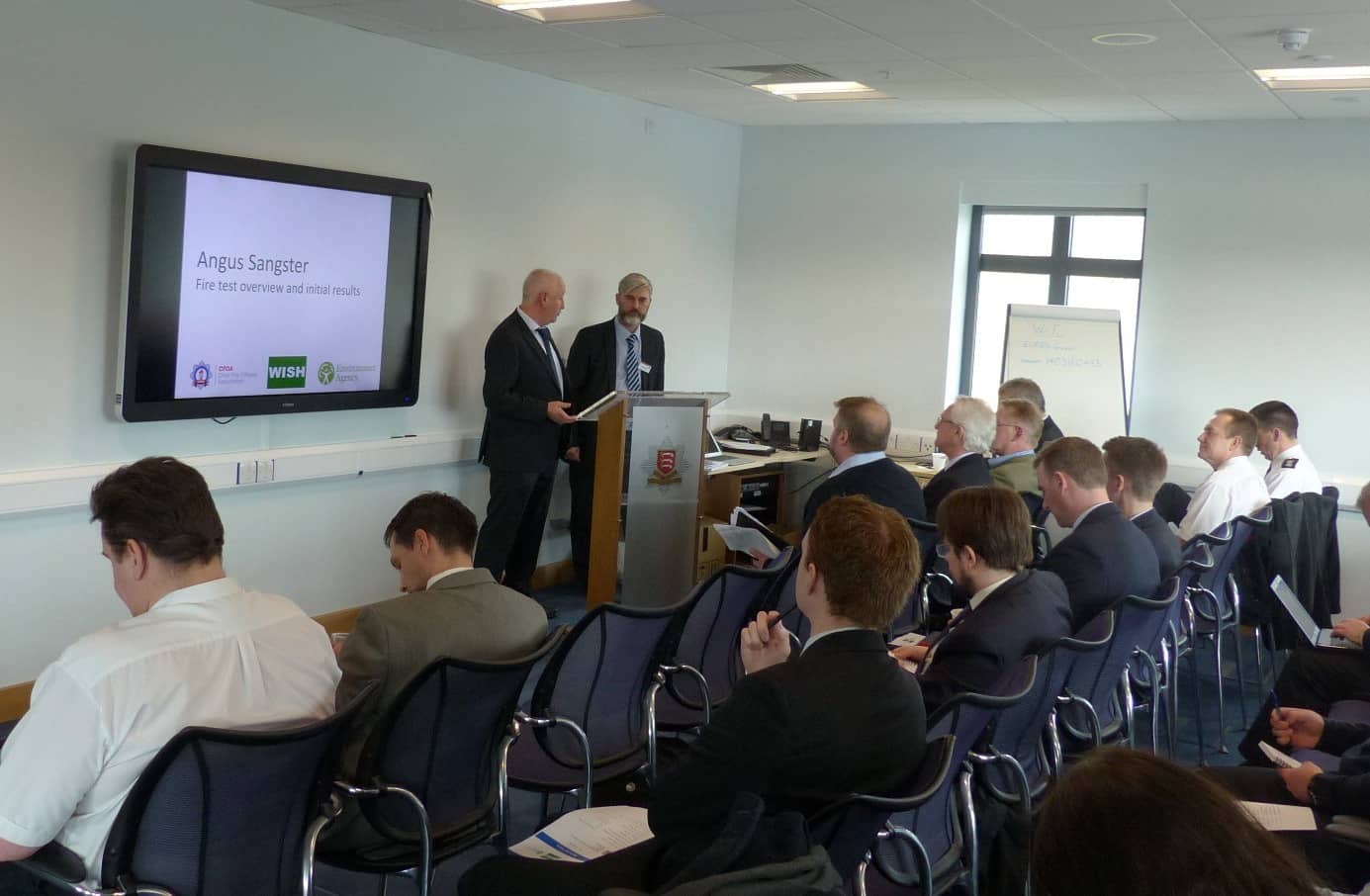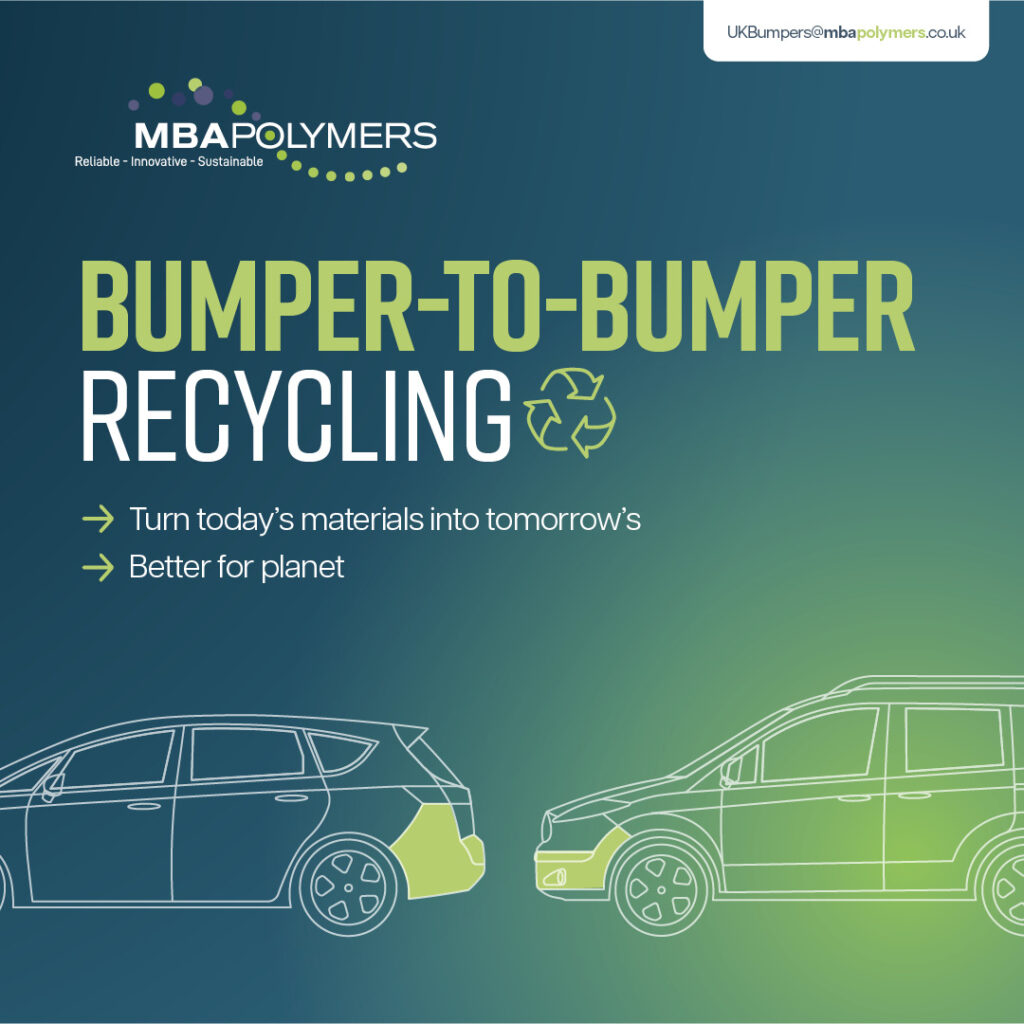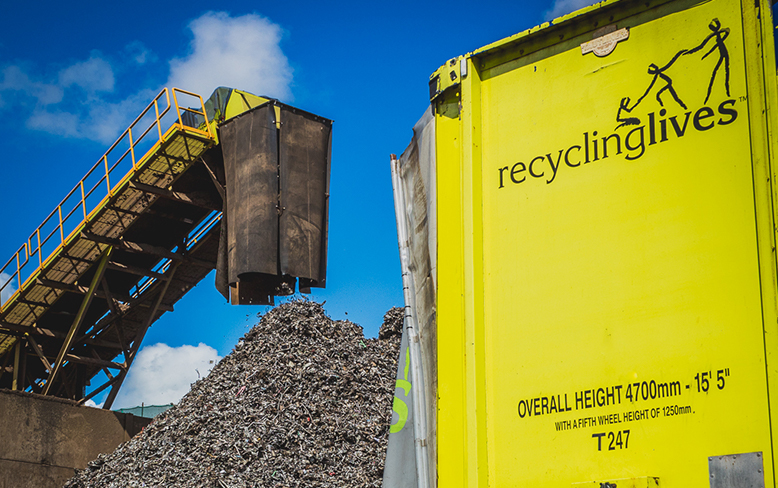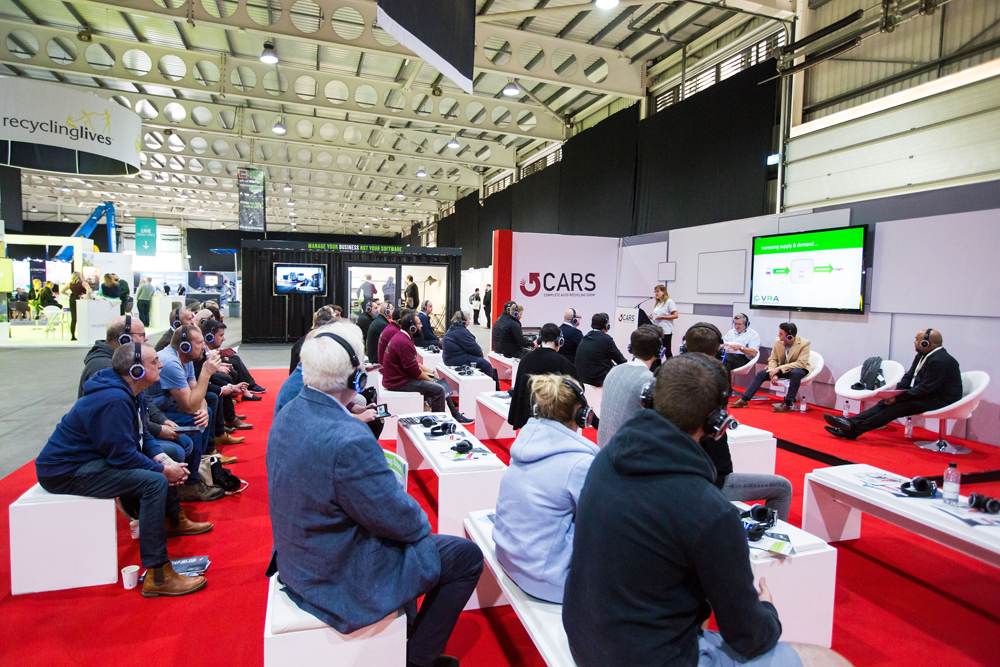
The early findings from industry and regulator-backed waste fire tests were presented at the Essex County Fire and Rescue Services HQ yesterday (March 23) with the support of the Chief Fire Officers’ Association (CFOA) and the WISH forum.
Other findings suggest surface fires are unlikely to lead to more deep seated fires, that waste material burns at a lower temperature than previously assumed and that finer material generally burns more readily.
Further testing of these initial findings and theories are still taking place with a more detailed update on the trials expected in May.
Nevertheless, these initial findings are significant as they suggest that stack sizes and separation distances stipulated by Environment Agency guidance are perhaps not as crucial to avoiding deep-seated fires as the length of time that waste material is stored for.
Commenting on the findings, chair of the Waste Industry Safety and Health forum Chris Jones told letsrecycle.com: “Initial findings suggest that reliance on stack size and separation distances are maybe not as critical as the Environment Agency is pursuing.”
He also explained that “the focus for operators should be on not storing waste for a long time” – particularly those dealing with finer material such as RDF and processed wood – as this helps to stop material getting hot and self-igniting, which is thought to potentially be a more likely reason for deep-seated fires.
Findings
The trials are not set to be finished until May, but fire service bodies, waste industry figures, the WISH Forum and Environment Agency representatives convened in Essex yesterday to discuss the initial findings.
The CFOA also said the evidence gathered during these trials would be presented in its National Operations Guidance document “which will then be used by every fire service in the UK and the industry worldwide”.
At the meeting yesterday, senior fire engineer manager at International Fire Consultants, Angus Sangster – who is helping to lead on the trials – provided an overview of initial test results for rubber, frag fluff, piled RDF, SRF as well as raw wood, wood fines, crushed unscreened wood and crushed and screened wood.

And, of these tests, Mr Sangster said: “Where we are getting to is that the critical factors are not the waste material itself, but the way the material is stored and the size of the material, which appear to be the most important things.”
Environment Agency guidance currently stipulates the need for separation distances at least six metres between piles of waste wood and other material, but Mr Sangster suggested that stacks of the tested materials did not pose such a significant risk of catching fire from other nearby piles as previously thought.
He added that these were “very interesting results”, as they suggests that that site operators involved in recycling a number of different materials may need to consider more carefully how they manage their stock, and how frequently it is rotated.
He said: “The separation distances that we are using at the moment are quite excessive.”
| Fire Prevention Conference: 8 June, London Fire prevention measures, policy and actions will be the subject of the National Fire Prevention Conference for the Waste and Recycling Sector in London on 8 June, 2016. For details, please email: Daniella Jarvie-Thomas, Daniella.T@letsrecycle.com or tel: 020 7633 4500. |
Arson
In addition, Mr Sangster said stock management was perhaps more important for avoiding deep-seated fires than external factors, such as arson, because many of the materials tested took such a long time to become deep-seated.
He explained: “This idea that somebody sneaks in, puts a match down and sneaks off is a myth.”
Complaints have also surfaced from some recyclers that regulators have been more strict on FPP storage requirements in some regions of the UK than in others – and issue which Mr Sangster suggested could be tackled by gleaning more information about fires from the current trials.
He said: “I know up and down the country the common complaint is about consistency and to be honest the reason is because everybody is in the dark about it. Hopefully, more scientific data will help to combat that.”
Trials
Controlled testing of the way in which various waste and recycling materials set alight and burn have been taking place over the past year in Yorkshire and, more recently, Cory Environmental’s landfill site in Barling, Essex.
The aim of the trials is to provide up-to-date scientific data about the flammable properties of modern materials stored at recycling facilities that will feed into improved regulation to drive down the number of fires in the waste industry.
A recent consultation over Environment Agency Fire Prevention Plan (FPP) guidance closed on March 4. This guidance stipulates various restrictions on the storage and separation distances between piles of waste materials, but there are a number of industry concerns over the impact of these requirements (see letsrecyle.com’s special report for more background).
The Chief Fire Officers Association (CFOA) and London Fire Brigade and have been working with the Waste Industry Safety and Health (WISH) forum and the Environment Agency on the trials, while various trade industry bodies such as the Wood Recyclers Association have contributed funding for the tests.









Subscribe for free